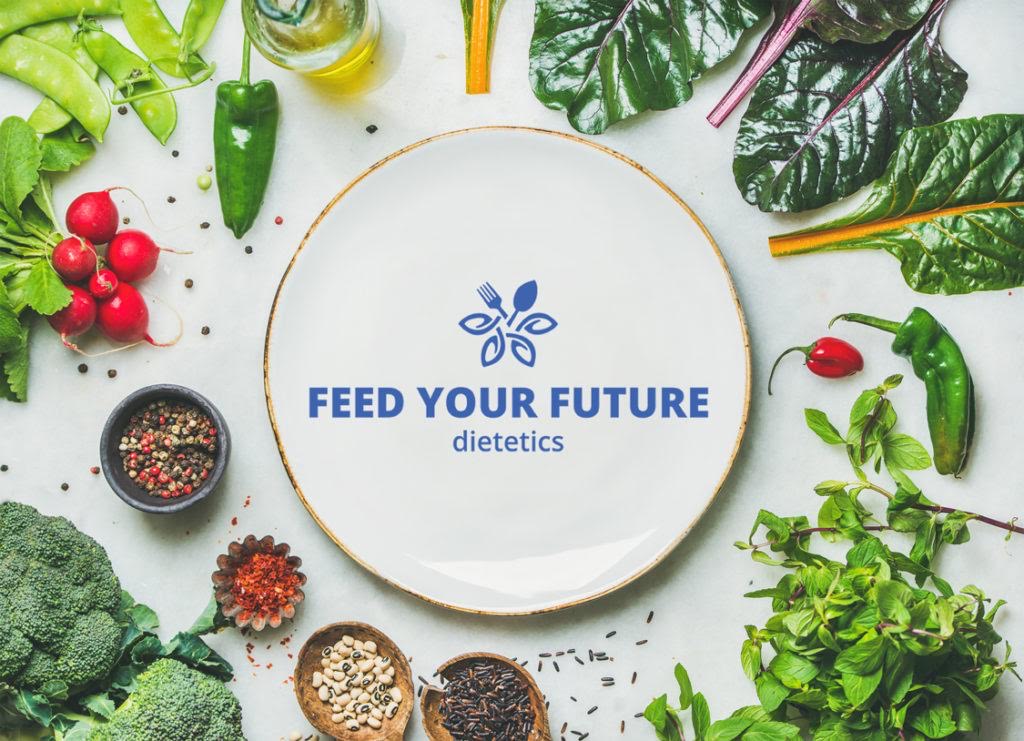Perimenopause and menopause are transitions which every woman will progress through in her lifetime. It can be considered as the second phase of a woman’s life. This period is marked by both physiological and psychological changes. It does not need to a time of ‘doom and gloom’ and women can take control with lifestyle choices to make this second phase of life an amazing time of life.
Perimenopause is a transition which occurs around menopause time. This is the phase before menopause. It is a transitionary period and a natural process when your ovaries stop working. It is around 5-10 years before menopause. Menopause is a one-time moment. The 12-month anniversary of your last period.
Most women start to experience perimenopause at a physiological perspective in their late thirties and most women start to experience symptoms e.g. hot sweats and flushes around the late forty’s. Typically, the symptoms are due to the changing of the hormones which include oestrogen, progesterone, and testosterone. There are over two hundred symptoms which can be experienced, and each woman is individual in what symptoms she experiences.
Physiological changes often include lean body mass decrease, visceral or belly fat increases and weight gain in general is experienced by around 60% of women.
The news is not all bad and your lifestyle choices like including regular exercise including strength training and high intensity cardio like short interval training, can make a difference to the composition of your body. Your diet can also help in both promoting a healthy body composition and reduce symptoms.
Key nutrients to include in your diet include:
Protein
Protein is a macronutrient which becomes increasingly important during perimenopause and menopause. As oestrogen lowers muscle protein resistance begins to occur. It takes more protein building blocks or amino acids to meet the essential amino acids to create a protein.
Having strong bones also supports your bone mineral density which is important as osteoporosis risk increases during perimenopause and menopause.
1.6g of kilogram of body weight is a good goal to set. Protein is best to be spread out evenly throughout the day to maximise and maintain your lean muscle mass.
Calcium
This mineral needs to be consumed more during perimenopause and menopause to help reduce the risk of osteoporosis. A woman’s needs 4 serves of dairy after the age of 50 years which increases from 2.5 serves. A serve can be 250mls of milk or alternative, 200g yoghurt, 1/2 cup cottage or ricotta cheese, or 40g low fat cheddar cheese as a few examples.
Fibre
It is important to get enough fibre for your gut to function optimally and to support a healthy gut microbiome. It is important to get this fibre from a diverse range of plant-based foods. This can include nuts, seeds, wholegrains, fruits, and vegetables. A good strategy can be structuring your plate to be ¾ plant based. Try swapping out a meat meal or two in your week for plant based lean meat alternatives like beans and legumes. Aim for 25-35g of dietary fibre each day.
Getting enough dietary fibre and promoting a healthy gut microbiome have links to a reduction in osteoporosis risk. In addition, fibre is linked to promoting heart health.
Polyphenols
Polyphenols are naturally occurring plant compounds which can act as antioxidants. Polyphenols can help to increase blood flow around the brain which helps to keep brain functioning and reduce symptoms like brain fog. Polyphenols also reduce your risk of Alzheimer’s. Polyphenols can be found in fruits, vegetables and teas like green tea, nuts, seeds, soy, and beans.
Healthy Fats
Healthy fats are important to help reduce your risk of heart disease risk and promoting healthy cholesterol levels. Healthy fats include monounsaturated fats from foods like nuts and seeds and avocado as well as extra virgin olive oil. Also, omega-3 fat from seafood. Aiming to include seafood 2-3 times a week with ha serve being 100g is recommended. Seafood also promotes optimal brain health.
Not all foods and beverages are your friend over this transition. Foods, beverages, and nutrients which can make perimenopause and menopause symptoms worse can be:
Alcohol
Keeping alcohol to a minimum has many health benefits. Sleep can be negatively affected which has a flow on effect in imbalance in hunger hormones. Alcohol is a pro-inflammatory drink.
Aiming for no more than 10 standard drinks a week and no more than 4 standard drinks in any one occasion is standard limits set for health. Saying this, less is better to help you to feel the symptoms and signs of menopause at a lower level.
Added Sugar
Having too much added sugar int your day can promote added weight gain but can also increase your risk of heart disease. Added sugar can put your cholesterol into imbalance, specifically your triglycerides. Added sugar can include honey, soft drinks, cakes, cookies, and chocolate. Aim to include a ‘sometimes food or drink’ 1-2 times a week rather than an indulgence you enjoy daily.
Hot drinks
Hot drinks may make hot flushes worse for some women. Over this period sticking with cooler drinks may be effective.
Take home message: You do still have control over how you experience perimenopause and menopause. Your lifestyle choices can make a difference including your diet. This stage of your life can be the beginning of something amazing. By making smart lifestyle choices this may help you to progress onto the second phase of your life with greater ease.
References:
- Sun Y, Liu B, Snetselaar LG, Wallace RB, Shadyab AH, Kroenke CH, Haring B, Howard BV, Shikany JM, Valdiviezo C, Bao W. Association of Major Dietary Protein Sources With All-Cause and Cause-Specific Mortality: Prospective Cohort Study. J Am Heart Assoc. 2021 Feb;10(5):e015553. doi: 10.1161/JAHA.119.015553. Epub 2021 Feb 24. PMID: 33624505; PMCID: PMC8174240.
- Zhang L, Zhao L, Xiao X, Zhang X, He L, Zhang Q. Association of dietary carbohydrate and fiber ratio with postmenopausal bone mineral density and prevalence of osteoporosis: A cross-sectional study. PLoS One. 2024 Feb 14;19(2):e0297332. doi: 10.1371/journal.pone.0297332. PMID: 38354209; PMCID: PMC10866481.
- Moore, Sam R. MS1,2; Cabre, Hannah E. PhD1,2; Smith-Ryan, Abbie E. PhD1,2. Body composition, physical activity, and menopause symptoms: how do they relate?. Menopause 31(4):p 336-341, April 2024. | DOI: 10.1097/GME.0000000000002334
- Episode 41 – Perimenopause and menopause: Can nutrition (and nuts) help?Nuts for Life. https://www.nutsforlife.com.au/resource/episode-41-perimenopause-and-menopause-can-nutrition-and-nuts-help/








